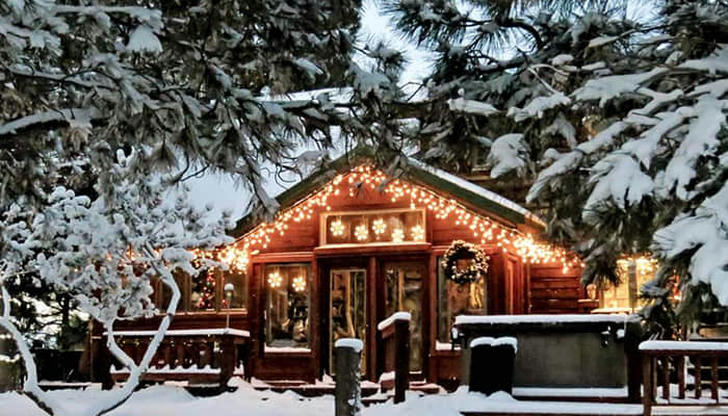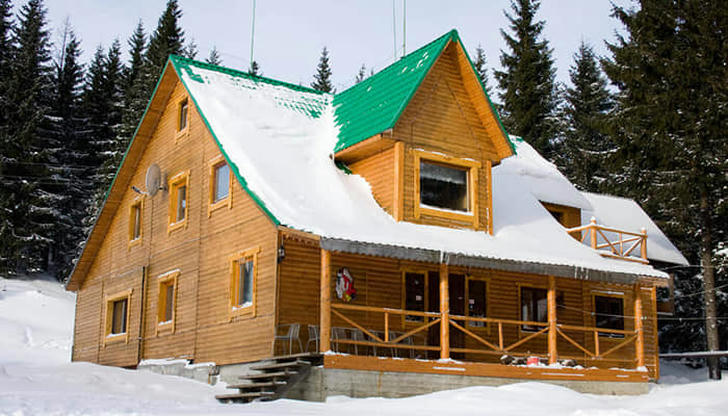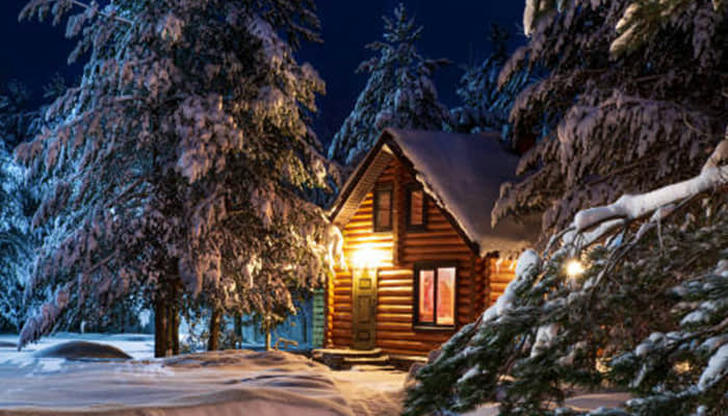Winter-Proof Your Log Cabin: Essential Steps for a Cozy Retreat
As winter approaches, the unique charm of a log cabin can quickly turn into a maintenance headache if proper precautions aren’t taken. Log cabins, known for their rustic appeal and natural insulation properties, require specific winterizing steps to ensure they remain cozy and intact throughout the colder months. This article will guide you through essential winterization procedures while connecting these practices to broader log cabin building and maintenance principles.

The Importance of Winterization
Winterizing your log cabin is crucial for several reasons. First, it protects your investment by preventing damage from freezing temperatures, snow accumulation, and moisture. Second, it enhances energy efficiency, ensuring that your heating system works effectively without excessive costs. Lastly, proper winterization helps maintain the structural integrity of your cabin, preserving its beauty and functionality for years to come. By taking the time to winterize your log cabin, you can enjoy peace of mind knowing that you are safeguarding your home against the harsh winter elements.
Step 1: Inspect and Seal
Begin by conducting a thorough inspection of your cabin’s exterior. Look for gaps or cracks in the logs where air could seep in. Sealing these openings with caulk or chinking not only prevents drafts but also keeps moisture out, which is vital for maintaining the wood's integrity. This step should be part of your regular log cabin maintenance routine. Additionally, inspect window frames and door seals to ensure they are tight and free from damage.
Step 3: Prepare Your Heating System
A well-functioning heating system is essential for a comfortable winter in your log cabin. Before the temperatures drop, have your heating system inspected by a professional. Replace filters and clean ducts to ensure optimal airflow. If you have a fireplace or wood stove, make sure the chimney is clean and free from debris to prevent fire hazards. Regular maintenance of heating systems is crucial for comfort and aligns with best practices in log cabin building.
Step 4: Roof Maintenance
Your roof plays a critical role in protecting your log cabin from winter elements. Inspect it for missing or damaged shingles and clear gutters of leaves and debris to prevent ice dams from forming. If you live in an area prone to heavy snowfall, consider adding extra insulation to your roof to maintain warmth inside while preventing structural damage from ice buildup. Additionally, ensure that any overhanging branches are trimmed back to avoid potential damage from falling limbs under the weight of snow.

Step 5: Pest Prevention
Winter can bring unwanted guests into your log cabin if precautions aren’t taken. Seal any entry points around windows, doors, and pipes to deter rodents and insects seeking shelter from the cold. Store firewood away from the cabin to minimize pest attraction. Effective pest control is a key aspect of log cabin maintenance that should not be overlooked; taking these steps now can save you headaches later.
Step 6: Maintain Indoor Temperatures
If you plan to leave your cabin unoccupied during winter months, it’s essential to keep the heat on at a minimum temperature (around 55°F). This practice helps prevent freezing pipes and protects wooden structures from cracking due to extreme temperature fluctuations. Consider using programmable thermostats or smart home technology that allows you to monitor temperatures remotely.
Step 7: Outdoor Preparations
Preparing the outdoor environment around your log cabin can significantly reduce potential damage during winter storms. Trim back any trees that could pose a risk of falling branches onto your roof or structure during heavy snow or wind. Additionally, clear away debris from around the foundation to promote proper drainage and prevent moisture buildup around your logs.
Step 8: Regular Inspections、
During winter, it’s wise to conduct regular inspections of your log cabin's exterior after heavy snowfall or storms. Look for signs of damage such as sagging roofs or compromised seals that may need immediate attention. Staying vigilant can save you from more significant repairs down the line and ensure that any issues are addressed before they escalate.
Step 9: Treating Your Logs
Before winter arrives, consider applying a fresh coat of wood preservative or stain to your logs. This treatment enhances moisture resistance and protects against pests during colder months. Properly maintaining your logs is integral to both building and ongoing care for your log cabin; it not only improves aesthetics but also prolongs the life of your structure.
Conclusion
Winterizing your log cabin is an essential part of responsible building and maintenance practices that protect your investment and enhance comfort throughout the colder months. By following these steps—inspecting and sealing gaps, insulating pipes, preparing heating systems, maintaining roofs, preventing pests, keeping indoor temperatures stable, preparing outdoor environments, conducting regular inspections, and treating logs—you can ensure that your log cabin remains a warm retreat during winter.

Embracing these practices will preserve the beauty and functionality of your log cabin while allowing you to enjoy its charm year-round without worry. A little effort now can save you time and money later—ensuring that your beloved log home stands strong against whatever nature throws its way! With careful planning and attention to detail, you can make this winter one filled with comfort and joy in your cozy log cabin sanctuary.
